Denmark’s ATP ended 2022 with a 40.9% loss on its geared investment portfolio, despite slim gains in the final quarter, but its investment and risk specialists have now devised an extra hedging portfolio they hope will create another layer of returns for the statutory pension scheme.
In its annual report released today, ATP revealed its total assets dwindled to DKK677.8bn (€91bn) by the end of December from DKK947.3bn a year before, with the investment portfolio – which consists of ATP’s bonus potential plus borrowing from the larger hedging portfolio – shrinking to DKK102.6bn from DKK159.5bn.
The hedging portfolio declined to a value of DKK575.2bn from DKK787.8bn, in line with the falling value of the liabilities it is designed to cover, as a result of the year’s huge increase in interest rates.
The investment portfolio made a whopping loss of DKK64bn, or 40.9%, in the year as a whole, although from the second quarter onwards, quarterly results had improved, culminating in a DKK8bn positive return in the fourth quarter.
Martin Præstegaard, ATP’s chief executive officer, said: “ATP has had a very difficult year where we lost a lot of money in our investment portfolio. We would have been better off without it, but 2022 was a challenging year for all investors.”
ATP had been hit by losses in both equities and particularly bonds, which constituted a large share of the investment portfolio, and it had also generally had a high level of risk in that “limited portion” of its overall assets, he said.
ATP’s business model has come in for a new wave of criticism recently because of the large losses being reported.
But Præstegaard said: “We believe that this is the right long-term strategy, and a 2022 that disappointed in terms of results does not change this.”
Among asset classes in its investment portfolio, government and mortgage bonds were the big losers, with a DKK60.6bn loss in the year, while listed foreign shares lost DKK11.9bn and listed Danish shares made a DKK8.8bn loss.
On the other hand, inflation-related instruments made a DKK11.8bn gain, and property, infrastructure and unlisted shares made gains of DKK1.4bn, DKK2.0bn and DKK2.0bn respectively, according to the annual report.
ATP was a big seller of listed equities during 2022, the figures revealed. As a group, its total holdings of listed shares stood at DKK51bn at the end of December compared with DKK118bn at the beginning of the year.
Præstegaard said in an interview with IPE that the risk-parity strategy used for the investment portfolio meant ATP reduced risk in absolute terms when markets were going down, and the listed equity part of the portfolio was the area where it was able to reduce risk.
Asked whether there were arguments for reconsidering a risk-parity approach, given the fall of both equities and bonds in the last year, the CEO said 2022 had been a “black swan” for normal risk parity.
“On US data, we can’t see a worse year since 1935,” he said.
“So far our hedging strategy has been very simple – buying Danish and German bonds and swaps”
Martin Præstegaard, ATP’s CEO
“Does this mean we re-evaluate our risk parity? Of course, after a bad year, we go back home and re-think our strategy or think, are there any heavy reasons to do something else? But, so far, we are sticking to our risk-parity strategy,” he said.
However, within the risk-parity strategy there could be other correlations, Præstegaard said, adding that the different factors could change slightly in their proportions.
ATP revealed in its annual report today that on top of the change it made to its business model a year ago – following changes to the ATP Act – it was now taking a new step to increase returns.
”With the adaptation of the ATP Act in 2021, there was an opening for ATP to implement a changed hedging strategy with the aim of increasing the total return on investment, at the same time at the same time as continuing to guarantee lifelong pensions with great certainty,” the pension fund said.
A new hedging portfolio is being added to ATP’s structure this year, Præstegaard explained.
“So far, our hedging strategy has been very simple – buying Danish and German bonds and swaps,” he said.
“Now we are adding an investment portfolio containing mainly illiquid assets because our liabilities towards our retired people are very long; the cashflow out of the company is very certain and we know how many years we can keep the money for,” he said.
The new portfolio would consist of perhaps 60% illiquid assets, plus some liquid assets to control the risk, and would create an extra return, he said, adding that the portfolio’s size would be a maximum of 1.5% of ATP’s liabilities.
Internally, he said, ATP was in the process of creating a pooled fund system involving one pool of liquid assets and another with illiquid assets, and the new portfolio would effectively buy into parts of these.
“We have been preparing for that and during this year we will be able to put it in operation,” he said.
ATP hopes the new portfolio will mean its hedging results, which up to now have been positive some years and negative in others, will be positive every year from now on, Præstegaard said.
To read the digital edition of IPE’s latest magazine click here








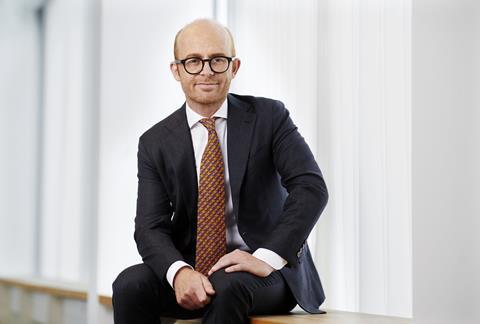



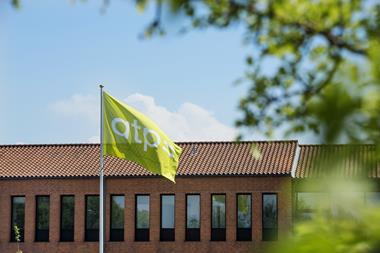
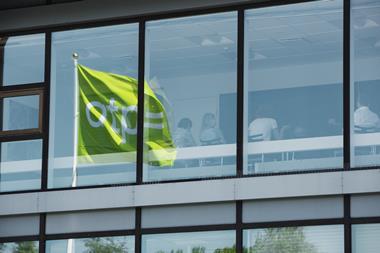

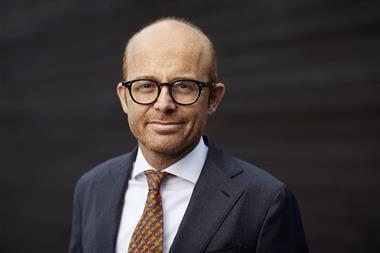
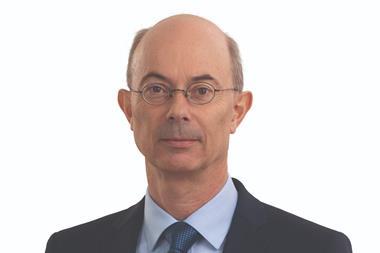














No comments yet